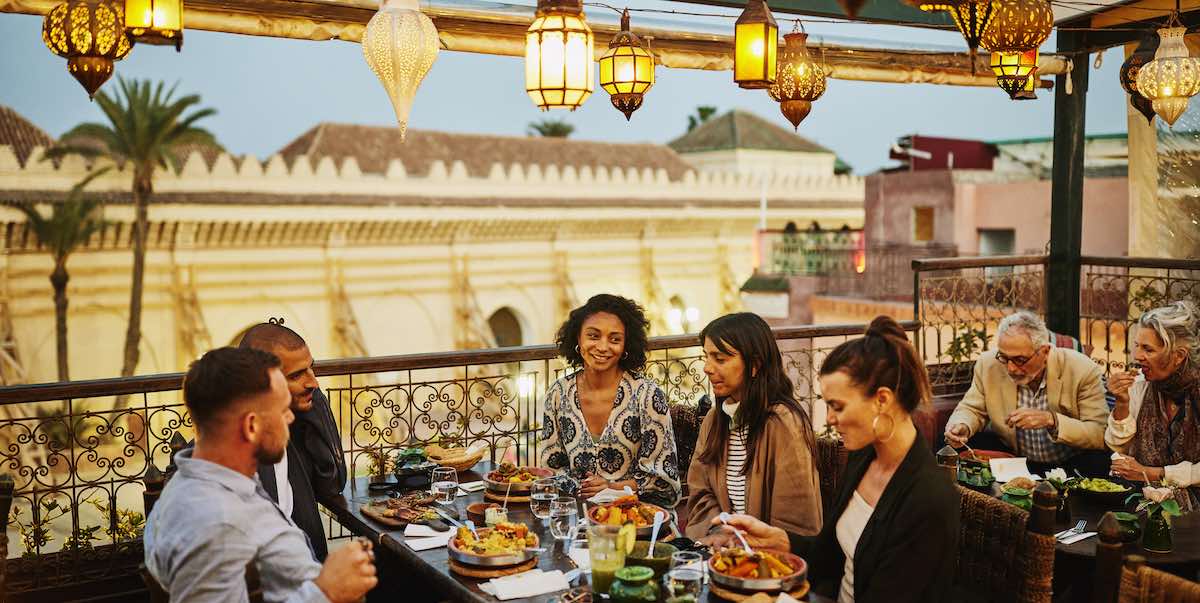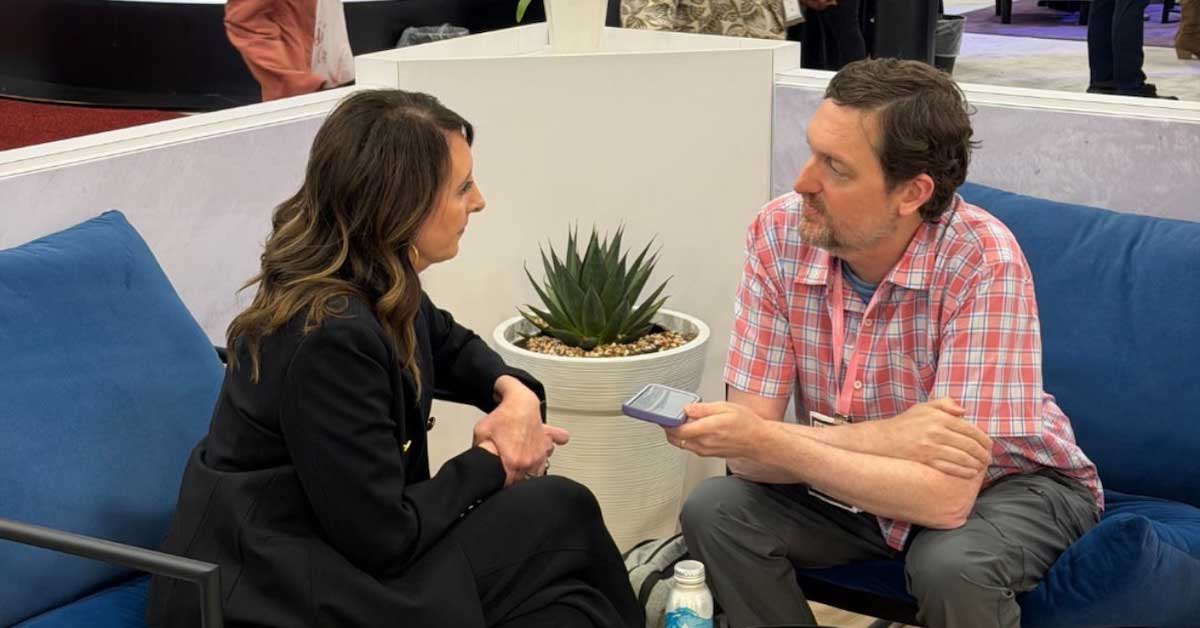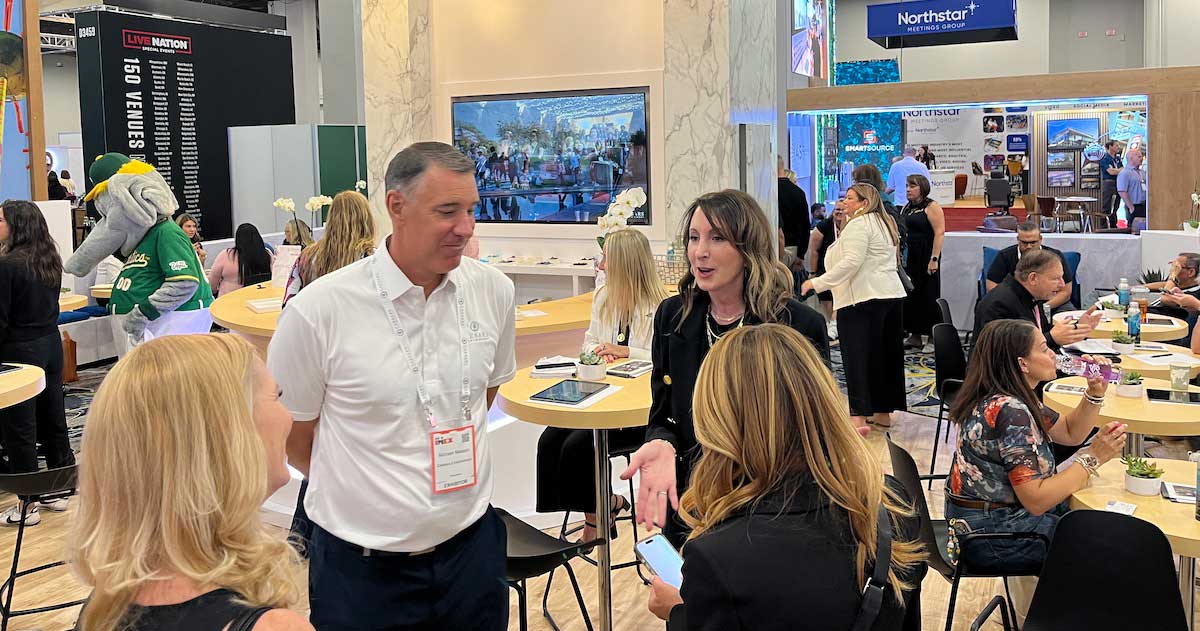Discussions about culture during the event planning process are important because you may not share the same culture as the key stakeholders you work for or the attendees for whom you design and program the event.
Professionalism of the people you are working with, the suitability of venues, the various goals and objectives to meet, the quality of speakers, the diversity of organizations that have a stake in your event, and so on and so forth. All these different persons in different organizations have different goals, different wishes and demands. How well do you know them? And how well do you know their cultures? Culture is a very important aspect and one that, unfortunately, is often ignored. Cultural “mistakes” could mean the difference between a good event and a great one. Here’s what you need to know to avoid making them.
Collective Programming of the Mind
Culture is an interesting phenomenon. It can be described as a collective mindset that distinguishes different groups of people. We often think of it as “differences between countries.” But culture comprises the ideas, customs of organizations or professions, as well as people.
Culture is everything you have learned without you realizing it. The way you were raised, the neighborhood in which you grew up, the education you received, the company you work for, and the friends you have met: They all contribute to what you see as “the standard.” Those inputs made you to what you are today and helped form a set of customs that are normal for you.
All of these “customs” define the way you think, feel and act. They dictate whether a subject will interest or bore you. These customs influence your decisions and the way you react to various situations. They differentiate you and your family, you and your fellow countrymen, and you and your colleagues from each other. How incredibly interesting!
Sampling another culture can be enriching, if you are open to it, because it opens your eyes to a different way of seeing the world. It is the reason why I love to travel. It introduces me to other views on life within a cultural context, What I learn, I can use to grow individually and professionally. Cultures can inspire you by introducing you to new customs, colors, smells, tastes and art that you can incorporate into your work.
Mind you, it can be a pitfall too!
Cultural Onions
Think of culture as an onion with different layers radiating out from the heart of an individual, where their core values are housed. These layers include symbols, heroes/role models and rituals. The closer a cultural layer is to the heart’s core values, the less visible these aspects are to outside observers.
Examples of symbols include a country’s flag or the logo of a corporation—things that a person literally wears on their sleeve. Heroes or role might be public or private figures, like a king, president, great sports(wo)men, our very own Paul van Deventer CEO of MPI, or your mother. These can be easily identified, but you might need to take time to know the person first to understand who they admire.
The difficulty in parsing a person’s culture starts with the central area of the culture onion where the unwritten “rules” for accepted rituals and values live close to the heart. When working in an organization, you slowly but surely grow into whatever customs or rituals are inherent to that workplace, unaware that workplace customs might be different elsewhere. If you are an outsider, these coded rituals might be difficult or impossible to recognize and learn. Some examples are communication preferences (phone, email or walking up to someone’s desk), the importance of hierarchy and what kind of conflict expression or resolution is appropriate. It’s important to understand these “office politics” if you want to fit in and succeed in the organization. On a personal level, these rituals and values are things that you must uncover and navigate in order to create lasting business relationships, friendships and romantic partnerships.
Culture in Events
Cultural considerations help you understand what’s important to clients and attendees might influence everything from which day of the week you start the conference and communication style to what types and amounts of food you serve.
Obviously, culture is not a very easy aspect to understand and handle because of the variety of viewpoints and the potential for misunderstanding when context is missing. For example, I am Dutch. We value working efficiently and making sure that we are all clearly aiming for the same targets. The way we achieve that is by being blunt, bold and direct in our communication. However, this method, which we find highly effective, is sometimes perceived by other cultures as “rude.” We don’t want to be rude.
Knowing our differences will allow us to work in closer harmony with each other. Taking a deep dive into another person’s culture will develop our empathy and provide context. It allows us to stand back, observe and react in a more understanding manner. It will also make it easier to resolve potential conflicts. All these aspects make working together a lot easier and more fun.
That is why, as meeting professionals, you should think about how to prepare and educate your attendees in advance of the event whenever they will encounter different cultures, whether it is organizational, interpersonal or related to travel to the host destination.
Start Preparing!
First, you need to be aware of the cultures involved. Start with your boss, stakeholders and/or clients. Ask:
- What are the overarching goals for meeting?
- What is important to them to achieve? What will success look like?
- Who’s on the team you’re working with and what are they responsible for?
- Who will be the decision makers? What’s the process for approvals?
- Who else needs to be involved in event-centric conversations and why?
- Who will be attending this event? What are attendee categories?
- Why do the attendees, sponsors and exhibitors want to be involved with this event? (What’s in it for them? What problems does it solve?)
- What kind of historical data do you have about things that worked well?
- What didn’t work? Do they know why?
The answers you get won’t be ones you can find on their website or in their event guidelines. However, they’ll help you understand the culture. That will influence all your decision making, from the choice of destination to your primary goals and objectives.
Take a deep dive in the nitty gritty of the organizations involved and listen and observe carefully when talking to the various stakeholders. What are they telling you verbally and nonverbally? Do you notice a change in attitude or behavior when they talked about a specific subject? What does this mean? Then figure out what, why and how to overcome these various cultural obstacles as you design and executive your event.
Good luck! I hope you learn to enjoy our cultural differences, for they truly enhance life!







